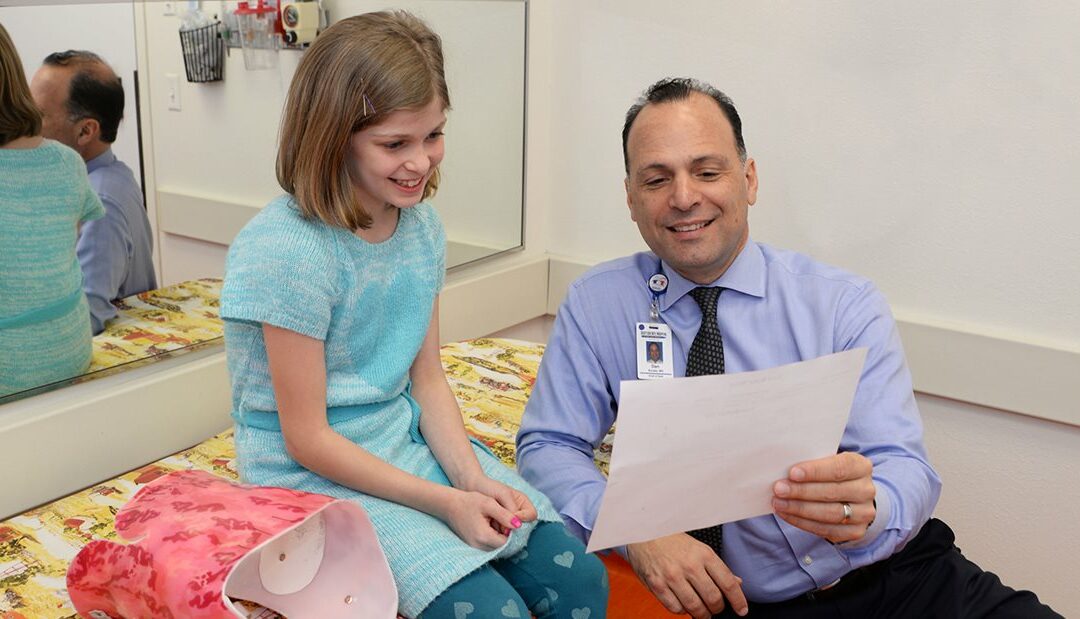Texas Scottish Rite Hospital for Children’s young patients are accustomed to receiving top-flight, technologically-based treatment for a variety of conditions, but a recent study examining the effectiveness of back braces to correct scoliosis proves that, sometimes, old school methods still produce the most desirable outcome.
The randomized study, which was published Thursday in the New England Journal of Medicine, provided verifiable proof that the 50-year-old practice of bracing children with scoliosis brings significant pain relief, and helps young people avoid delicate surgery to correct the condition.
The practice of using braces was brought into question several years ago after the United States Preventive Services Task Force recommended discontinuing scoliosis screening in schools because of insufficient evidence that bracing helped children.
A Difficult Condition to Treat
Scoliosis is a progressive condition that causes the spine to curve from side to side. The curve typically is three-dimensional, and is shaped like a “C” or an “S.” It’s caused by congenital vertebral anomalies and, in some cases, is idiopathic.
Outside of bracing, common treatments include spinal fusion surgery in which physicians place screws in the spine to straighten it out. Although scoliosis surgery produces excellent results, patients face all of the inherent risks of undergoing surgery.
The Proof Physicians Are Looking For
The study analyzed data on 242 patients at 25 sites in the United States and Canada. Patients were 10 to 15 years old, and all had spinal curvature of 20 to 40 degrees. The analysis indicates that among the children that wore a brace 18 hours a day, 72 percent were successfully treated, versus 48 percent that were observed without a brace.
Additionally, researchers noted that the longer a teen wore the brace, the more successful treatment was. More than 90 percent of young people who realized the best outcomes from bracing wore the device more than 13 hours per day.
However, bracing was deemed a failure if a child’s curvature progressed to 50 percent or more, which is the point at which surgery becomes imperative.
Dr. B. Stephens Richards told the New York Times that evidence cited in the study was “very convincing.”
“It scientifically proves that brace treatment works for adolescents with scoliosis who are at risk of curve worsening to the point of needing surgery,” he said.

